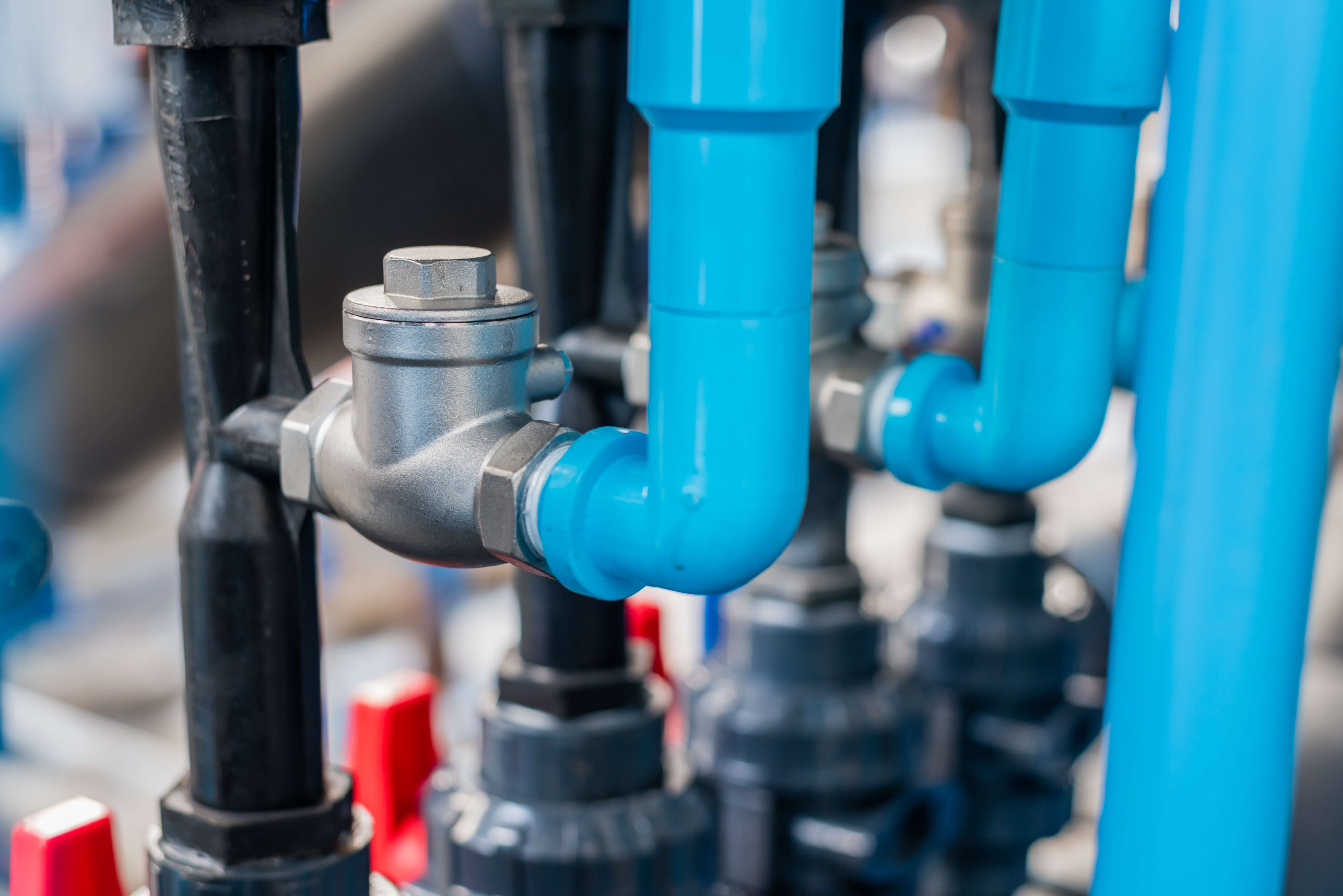Thousands of valves in every sector of the petroleum industry are scheduled for replacement each year, causing a significant amount of lost production.
The careful handling and storage of valves prior to installation, as well as the observance of correct procedures during construction and commissioning, can ensure more efficient and safe pipelines with less chance of lost production and failed isolations.
In combination with specialized sealants and pumping equipment, valves can likely stay in service, retain sealing integrity, and hardly ever have to be replaced before their service life expectancy.
Here are five steps to follow for healthy valves:
1. Proper Valve Selection
There are numerous types of valves for virtually any pressure, temperature, pressure, production, or service condition. There are also many options to choose from, including full or reduced ports, floating or trunion-mounted balls, and rising or non-rising stem gates.
A crucial component like a mainline block valve should be selected based on its service conditions. Is there a chance the valve seat seals will degrade enough to cause significant leakage due to persistent dry cycling or the presence of construction debris, black powder, sand, or other abrasive substance? For example, a metal-seated plug valve is a better choice than a soft-seal ball valve for a mainline block crossover assembly application. Line purging and throttling can easily result in damage on the soft-seat seals of a ball valve, while metal-seated plug valves are designed to resist such wear.
While many manufacturers claim their valves don’t require lubrication — and, as a result, don’t include seat sealant systems to inject lubricant or emergency sealant — every valve will eventually leak if not properly maintained. For operators, maintaining production or isolating a section of pipe could depend greatly on sealing a single leaking valve.
2. Secure Storage and Handling
Construction crews’ number one concern is timely installation. As a result, they rarely consider valve care — and especially the internal sealing integrity of a valve — before initial installation. Unsurprisingly, large diameter block valves are often stored on dusty construction sites without end covers or other protection.
Proper transportation of the valve itself should also be paramount. Rough handling of the valve could drive the ball or gate to ‘creep’ out of its seat, exposing the seat ring and body cavity to debris. Preventing contamination increases the likelihood of a positive seat seal test upon installation.
3. Timely Upgrading
After choosing the ideal valve design for the pipeline’s operating conditions, it’s crucial to outfit the valve with the proper internal check valves, sealant injection fittings, body vent/drain fittings, packing injectors, and riser lines (if applicable). It only takes one cycle of a contaminated valve to destroy the seating area’s highly sensitive soft seals. The only possibility for maintaining a valve’s sealing integrity is injecting synthetic lubricants and sealants into the seat and stem areas of the valve.
Upgrades are typically overlooked during the design phase as future wear and tear is rarely considered. Specifying 3/8-inch riser lines, instead of the more widely used and less costly 1⁄4-inch riser lines, enables service technicians a considerably higher chance of injecting a heavy sealant faster if leakage is occurring in the seat area and a seal is needed. Similarly, a threaded cage design for injection fittings can better withstand injection pressures of heavy emergency sealants than a crimped cage design, which can fail as low as 3,000 psi (20,700 kPa). Studies have shown that threaded cage-style fittings can withstand injection pressures of well over 50,000 psi (344,700 kPa).
Valve maintenance technicians need to blow-down valve body cavities to create pressure differentials across leak paths and ‘draw’ sealants into the required areas. They are often called upon to service valves of up to 60-inch inner diameter outfitted with 1⁄4-inch body vent ports. This is hardly an ideal situation as the drain port can’t vent enough pressure to create the differential required to deliver the sealant to the areas that need it the most. As a result, many pipeline operators are beginning to specify full-port ball valves in place of body vent fittings on large diameter valves.
4. Pipe Inspection and Valve Commissioning
Valve commissioning is the most crucial step for ensuring pipelines run efficiently and safely. In one case, a lack of lubricant in the seat sealant system or seat ring groove caused three, brand-new 36-inch buried mainline block valves to need to be resurrected due to a complete washout of seat seals during nitrogen purging.
During valve installation, construction debris becomes trapped inside the pipe where the butt ends are welded. The purging process then pushes it against the ball and into the gap between the seat ring and sealing face. If lubricant is injected into the valve, it pushes enough of the debris out and away from the sealing area, leading to minimal damage. The valve was dry cycled and so severely damaged, however, that it needed to be replaced before the pipeline section could be brought online.
In response to the damage, the project engineers and managers implemented a strict valve commissioning and pipe inspection procedure. Welding slag, dirt, rocks, and other debris was carefully removed from pipe sections before valve installation. In addition, factory grease was purged from every valve and replaced with a high-quality synthetic lubricant. The valves were then air tested to ensure the seat seals maintained their integrity. Eight years later, every commissioned valve on this project remains perfectly sealed.
5. Regularly Scheduled Maintenance
If the aforementioned steps are properly followed, a valve should remain online with no seal problems. In order to maintain the valve properly, the operator will need to schedule routine sealant system top-ups with synthetic lubricant. New valves typically require top-ups more often than valves that have been in operation for a year or more.
During this first critical year of operation, the valve seals sit tightest against the ball plug or gate slab, requiring lubricant to reduce the breakout torque during operation. Not only should you top-up the lubricant each time a valve is operated for the first year, but you should also follow a semi-annual full-service schedule.
This modest investment in time and preventive maintenance on the front end could potentially save hundreds of thousands, if not millions, of dollars on the back end when pipe section isolation during emergency shutdowns is considered. Compared to the cost of an emergency valve body sealing job, a preventive maintenance routine will quickly pay for itself.
This article was adapted from “5 Simple Steps to Total Valve Integrity,” which originally appeared in Pipelines International.


























